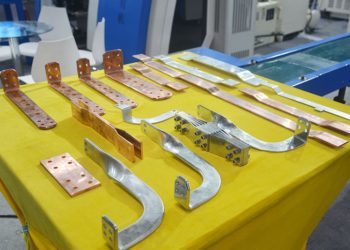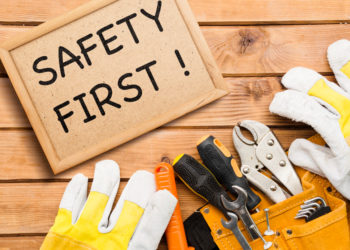A secret that most successful business owners have in common are label printers, yeah a simple but powerful and essential tool for industries, offices, and even home use. They will help you create professional-looking labels for several purposes, from organizing and categorizing files or products to shipping packages and branding.
As a business owner, you already get an idea of how useful getting a label printer is, they are versatile tools that simplify labeling tasks and organization.
What Is a Label Printer?
A label printer is a specialized device that’s designed to print adhesive labels. Unlike regular printers which handle everyday papers, the label printer uses a special kind of paper called “label stock” (often with adhesive backing) to create customized labels.
These labels can include anything, from text, and barcodes to graphics, and any other relevant information.
Types of Label Printers
There are different types of label printers, most of the same job but are tailored to different situations and needs. The most common ones are printers for industrial labels and desktop label printers.
Here are some common types:
- Direct Thermal Printers: Use heat-sensitive paper to create labels, it’s ideal for short-term applications (e.g., shipping labels), and no need for ink or toner.
- Thermal Transfer Printers: Transfer ink onto labels using a ribbon (inked film), it’s suitable for long-lasting labels (e.g., product labels). Offers better durability.
- Desktop Label Printers: Compact and affordable, perfect for small businesses and home offices, but it has a limited printing speed and label size.
- Industrial Label Printers: Heavy-duty machines for high-volume printing, offer larger label sizes and faster printing speeds. Commonly used in warehouses and manufacturing.
Key Features to Consider
There are many key features you need to consider when choosing a label printer, these will have a direct impact on its quality, compatibility, and overall success.
Here are some features to keep in mind:
Resolution
The resolution is measured in dots per inch or DPI, higher DPI results in sharper and more detailed labels.
Connectivity
It comes in a wide range of options, from USB, ethernet, and wireless options. You need to consider the compatibility with other devices.
Label Width and Length
This one is the most important feature of all, you need to choose a printer that accommodates your label size requirements and your needs.
Label Materials
This can solely depend on the printer you choose, since different printers work with various label materials, and those materials vary a lot, in price, size, and quality.
Tips for Using Label Printers Effectively
While the use of label printers is straightforward, there are some tips that will help you avoid some issues most beginners have when starting out with labels.
The first thing you need to do is test and test again before printing in bulk, depending on your setup large batches take a long time to finish and you don’t want to come back just to find your label has errors.
The second most important thing is to calibrate your printer regularly, that way you can make sure the alignment is accurate and prevent errors.









































































